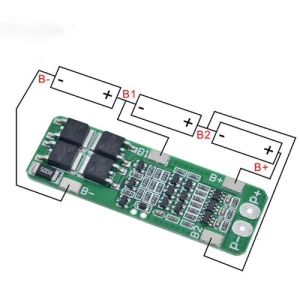Double-sided PCB: Key Considerations for Buyers in 2025
Double-sided PCBs are widely used in electronic devices due to their versatility and cost-effectiveness. This guide covers everything you need to know about sourcing and using these components effectively.
How to Find Reliable Double-sided PCB from China in 2025
When sourcing Double-sided PCB from China, consider these factors:
- Verify manufacturer certifications (ISO, UL, RoHS)
- Check minimum order quantities and lead times
- Request samples before bulk orders
- Review customer testimonials and case studies
What Buyers Should Know Before Buying Double-sided PCB from China
Key considerations include:
- Material quality (FR-4, CEM-1, or aluminum base)
- Copper thickness (typically 1oz to 2oz)
- Surface finish options (HASL, ENIG, OSP)
- Testing procedures (AOI, flying probe)
Types of Double-sided PCB
Common variations include:
- Standard FR-4 boards
- High-frequency versions
- Flexible double-sided circuits
- Metal core designs
Functions and features of Double-sided PCB
These boards offer:
- Increased circuit density
- Better heat dissipation
- Improved signal integrity
- Cost-effective solution for complex circuits
Scenarios of Double-sided PCB
Ideal applications include:
- Consumer electronics
- Automotive systems
- Industrial controls
- Medical devices
How to Choose Double-sided PCB
Selection criteria:
- Match specifications to application requirements
- Consider environmental factors
- Evaluate manufacturer capabilities
- Balance cost with quality needs
Double-sided PCB Q & A
Q: What's the typical lead time for Double-sided PCB orders?
A: Standard production takes 7-10 days, plus shipping time. Rush services may be available.
Q: How do I verify PCB quality from Chinese suppliers?
A: Request third-party test reports and conduct your own incoming inspection.
Q: What's the price range for Double-sided PCBs?
A: Prices vary from $0.5 to $5 per board depending on specifications and order volume.
Q: Can I get custom specifications?
A: Most manufacturers offer customization for materials, thickness, and finishes.
Q: What's the minimum order quantity?
A: MOQs typically range from 100-500 pieces, though some suppliers accept smaller prototype orders.


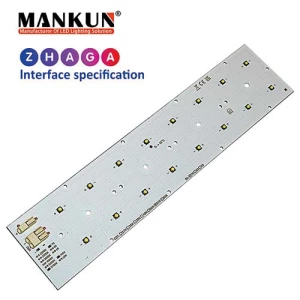

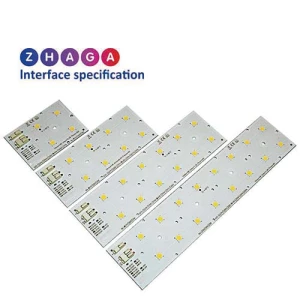
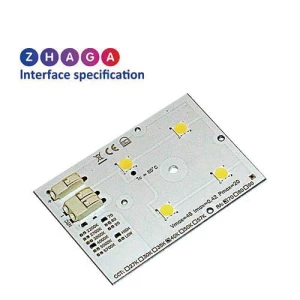
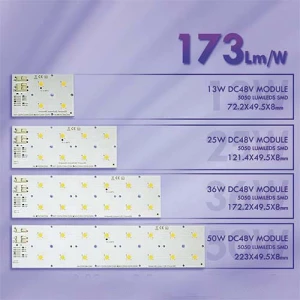
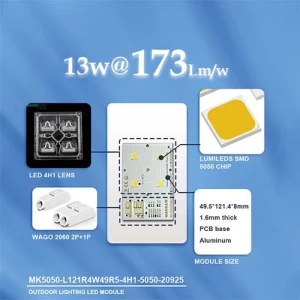




.jpg_300x300.webp)
.jpg_300x300.webp)

.jpg_300x300.webp)
.jpg_300x300.webp)
.jpg_300x300.webp)
.jpg_300x300.webp)
.jpg_300x300.webp)
.jpg_300x300.webp)
.jpg_300x300.webp)
.jpg_300x300.webp)
.jpg_300x300.webp)

























